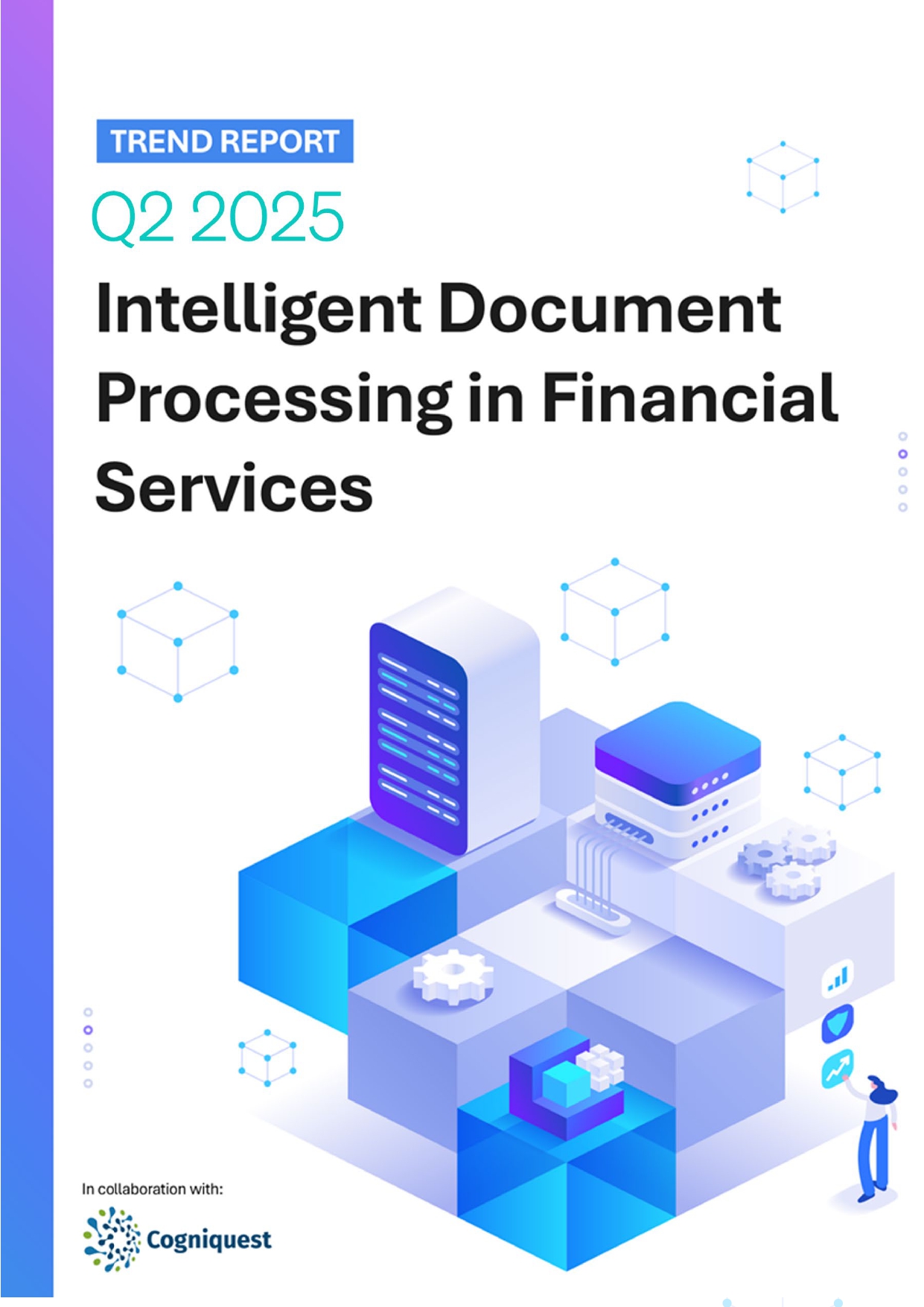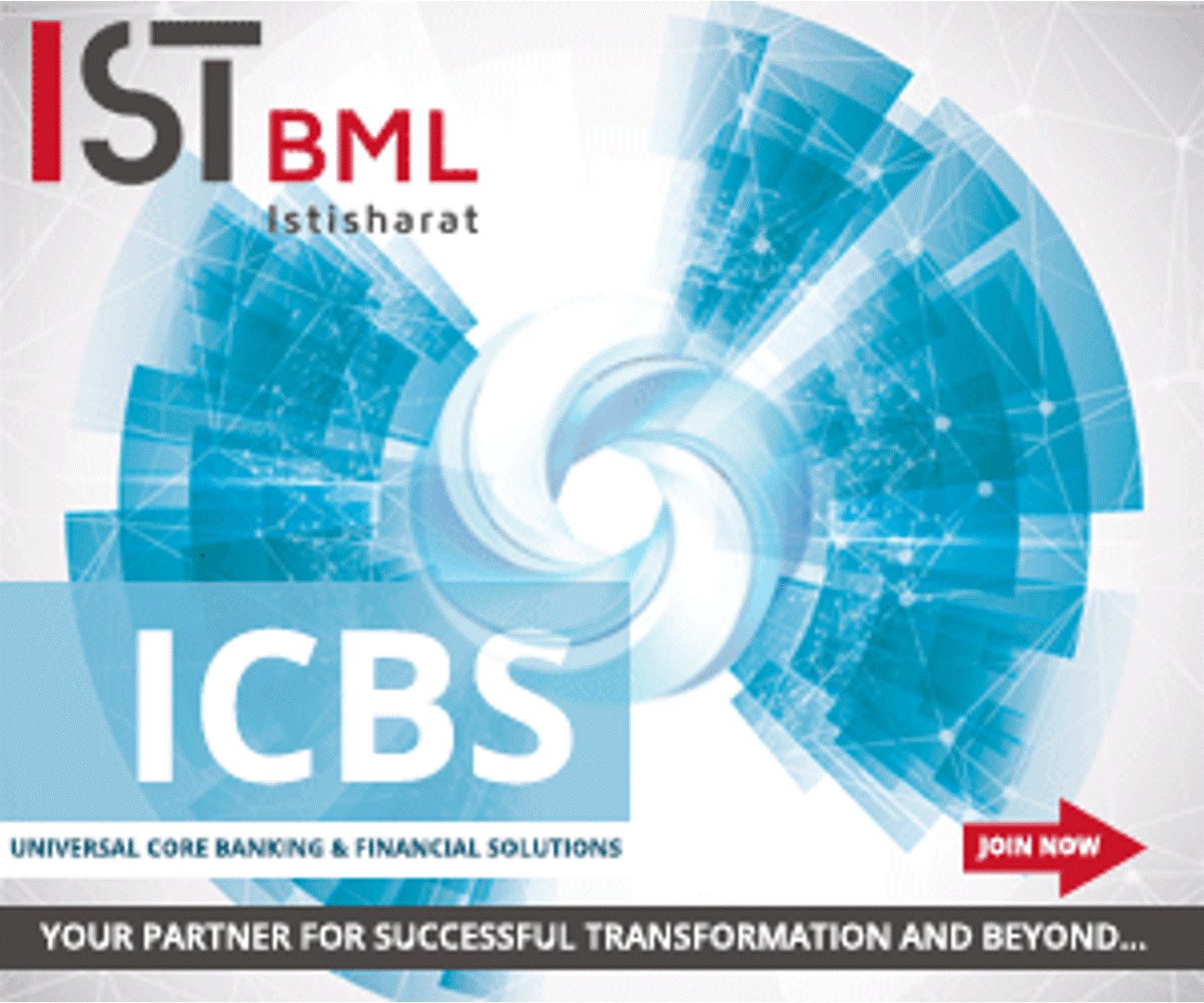 Back
Back
4 key advantages of using Virtual Cards
By Pavithra R
 A Virtual Card or digital card or cloud card is an online hosted, digital virtual representation of any plastic card or a generic identification method in identity management. Virtual credit and debit cards are modern alternatives for safe and simple spending. These mobile payment solutions allow users to spend money from their phones, thereby reducing the need to use physical cards.
A Virtual Card or digital card or cloud card is an online hosted, digital virtual representation of any plastic card or a generic identification method in identity management. Virtual credit and debit cards are modern alternatives for safe and simple spending. These mobile payment solutions allow users to spend money from their phones, thereby reducing the need to use physical cards.
Virtual cards expect to provide no-contact digital payment solutions to meet the growing demand for digital, contactless commercial payment, which has been escalated by the changing nature of work and business expenses during the pandemic, and the rise of the work-from-home economy. The creation of a virtual card also envisions greater digital financial inclusion.
Virtual cards are particularly popular with financial service companies looking to gain competitive traction in the industry. However, they also benefit businesses in unrelated fields. Hydrogen, an innovative embedded finance and international payments platform provider, has outlined four key benefits of using virtual cards. These advantages are:
1, Convenience: One of the key benefits of virtual cards is its convenience. It is are more convenient than physical cards. These solutions allow users to make quick and easy payments through their phones without going through the hassle of passing around a company card. The mobile element of the cards also makes online shopping seamless and more convenient for businesses while protecting their information.
2, Fraud Protection: Both physical and digital cards are linked to user’s main credit or debit account, but virtual cards protect user’s personally identifiable information (PII) by limiting the amount shared they make purchases. These mobile solutions tokenize data by encrypting account numbers and creating a randomized sequence or token that users can use to make one-time payments.
Additionally, Virtual cards lack magnetic strips and visible card numbers, making it difficult for unauthorized persons to infiltrate account. Many digital cards also require pin numbers or face scans to grant users access to their account. However, if any digital card gets compromised, users can simply freeze their account, thereby cutting off fraudulent activity at the source.
3, Spending Controls: Virtual cards enables users to keep spending limits and choose which merchants to pay for while using them. These controls help employees to spend company funds wisely and protect account against hackers. Many digital cards also enable cardholders to select a date they’d like to close their card or schedule it to close automatically after one payment.
4, Subscription Management: Users can manage their company’s online subscriptions through digital cards. Users can set up virtual cards for individual subscriptions and can see if the merchant overcharges and can cancel the card accordingly without changing payment information for each vendor. With mobile cards, users can simply skip the hassle of cancelling a subscription by simply deleting the card entirely.
Also read: Global FinTech Use Cases in Financial Services.
IBSi FinTech Journal

- Most trusted FinTech journal since 1991
- Digital monthly issue
- 60+ pages of research, analysis, interviews, opinions, and rankings
- Global coverage
Other Related News
Related Reports

Sales League Table Report 2025
Know More
Global Digital Banking Vendor & Landscape Report Q2 2025
Know More
NextGen WealthTech: The Trends To Shape The Future Q4 2023
Know More
Intelligent Document Processing in Financial Services Q2 2025
Know More


